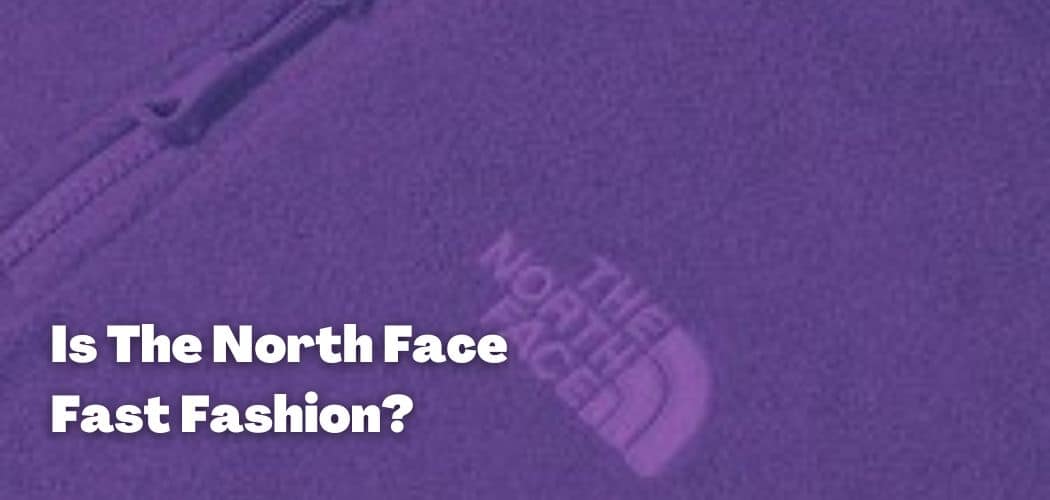Perhaps not the first industry that springs to mind as a major consumer of fossil fuels is the fashion industry.
However, petrochemical materials from those same oil and gas corporations that are responsible for greenhouse gas emissions are largely used in modern textiles.
The worldwide carbon dioxide output from fashion now is up to 10%, which is more than it is from international travel and shipping combined.
Additionally, it makes up 5% of the 300 million tonnes of plastic manufactured annually worldwide.
Cotton has been replaced as the primary raw material for textile production by polyester, a pervasive plastic made from oil.
Microplastic contamination, which is particularly damaging to marine life, is primarily produced by clothing made of polyester and other man-made fibers.
As shops and their customers quickly switch out styles, more apparel is being manufactured than ever. Only a small portion of manufactured goods are recycled.
87% of the entire amount of fiber needed to make garments is ultimately burned or dumped in a landfill. In addition to frequently exploitative and hazardous working conditions for employees.
Fashion businesses have come under fire for activities like trashing unsold merchandise and sending mountains of clothing to landfills.
One such brand is The North Face.
The North Face, an American company founded in 1966, is a pioneer in sportswear and outdoor gear.
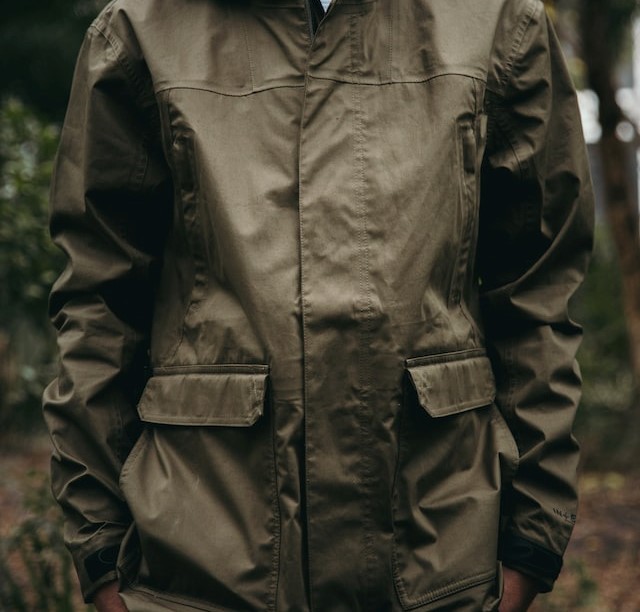
Ever since the 90s, the company’s product line has grown to include more fashionable goods in addition to technical clothing, making it a go-to choice for streetwear enthusiasts all over the world.
The North Face has already worked with other designers, deftly fusing form and function to produce a minimalist range.
Does North Face use sweatshops?
Yes, The North Face was reported to use sweatshops in the past. There is no information about their usage of sweatshops currently.
Regarding labor protections in sweatshops in Bangladesh and elsewhere, The North Face and its parent business, VF Corporation, have an especially appalling track record.
When one of The North Face’s facilities in Bangladesh went up in flames in 2010, it resulted in 29 worker fatalities and more than 100 injuries.
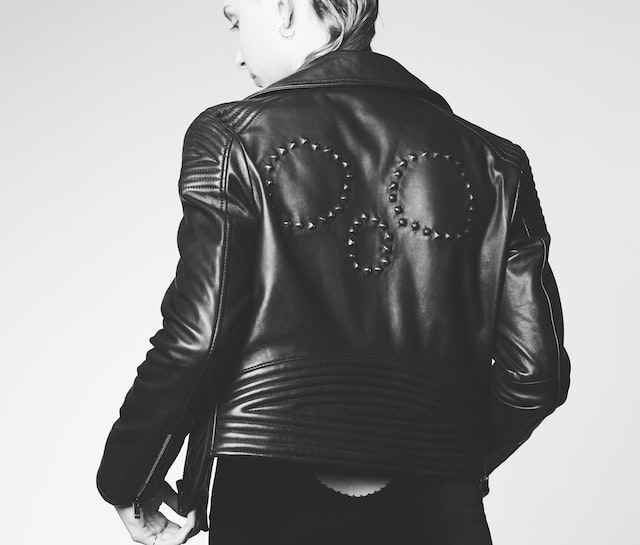
In-depth examinations have revealed that The North Face/VF runs factories in the nation that are just as dangerous.
The Bangladesh Safety Accord, an innovative, contractual agreement between apparel manufacturers and textile worker unions that has been signed by over 175 labels, has been steadfastly rejected by The North Face/VF.
Are The North Face sustainable?
The North Face Renewed range, a selection of recycled gear, has helped the company make some strides in the sustainability department.
For its environmental impact, The North Face receives a score of 3 out of 5.
It has set a strict goal to reduce greenhouse gas emissions from its own business operations and uses some environmentally friendly materials, such as recycled materials.
There was also not enough proof that The North Face is on the path to finishing its goal of reducing greenhouse gas emissions or packaging, despite the fact that 39% of their textiles are Bluesign certified.
The labor rating for The North Face is also a 3 out of 5.
The American company’s supply chain has certain Bluesign-certified components, and according to the Fashion Transparency Index, it scored between 51% and 60%.
The company releases a comprehensive list of its final-stage suppliers, some information regarding the results of supplier audits, and certain details regarding bonded labour, sexual equality, and free speech.
Although The North Face discloses measures to safeguard vendors in its supply chain, these do not cover workers, and the company has made little progress towards assuring paying of a basic income in its supply chain.
Does North Face use ethical down?
For filling up clothing and bedding, down is also a viable solution.
Down clothing and bedding can be recycled, originates from a sustainable material, and helps keep people warm so they may lower the thermostat.
But if it results from inhumane procedures like live bird plucking, it is not sustainable.
The North Face business pledged in October 2014 to use the cooperative Responsible Down Standard to achieve 100% certified responsible down.
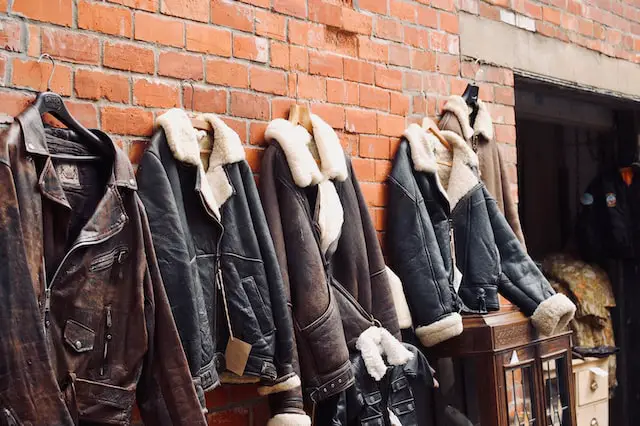
It finished one year ahead of schedule. Consumers can anticipate that by this fall, all down items will be RDS-certified and available in retailers.
According to The North Face, its down is verified by the Responsible Down Standard, its wool derived from non sheep, and it has a written animal welfare policy that is in line with the Five Freedoms.
It also doesn’t utilize hair, angora, or skin from exotic animals, but it does use leather, which has a variety of problems of its own.
Is North Face a green company?
The North Face is on the correct course and has made improvements to its moral and environmentally friendly policies throughout time.
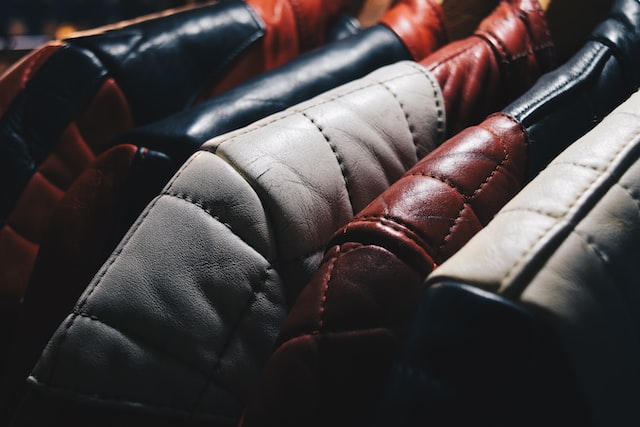
It has publicly pledged to cut its greenhouse gas emissions, but it is unclear whether it is on track to meet that goal, so it still requires some progress.
Additionally, it continues to use questionable leather and doesn’t guarantee that workers in its supply chain are paid a decent wage.
There is also a lack of transparency on its use of sweatshops and forced labour.
So we can say that, while not yet completely green, The North Face may be on its way to become one.
